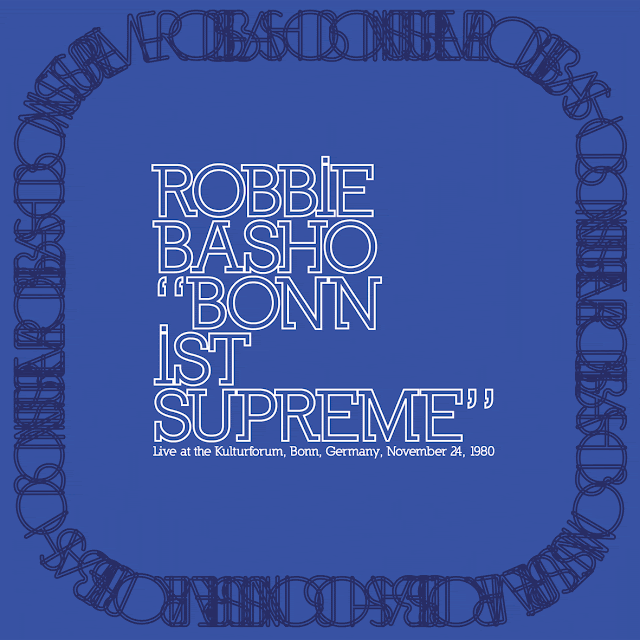Tracklist:
0:00 Richard Burmer – Physics
3:31 Masami Tsuchiya – Nevermind (Excerpt)
6:28 Carlos Maria Trindade – The Truth
9:09 Joe Hisaishi – The Winter Requiem
13:49 Bill Nelson – Pansophia
14:41 Anna Homler & Steve Moshier – Celestial Ash (Excerpt)
20:09 Toshifumi Hinata – Chaconne
24:45 George Wallace – Electric Night
31:23 Danyel Gérard – La Vieux de la Montagne
35:41 Steve Tibbetts – 100 Moons
40:50 Hector Zazou & Dead Can Dance – Youth (Excerpt)
42:26 Codek – Tim Toum
46:22 Şenay – Doy-Doy-Doymadım
51:57 Joan Bibiloni – Sa Fosca
58:45 Jaco Pastorius – Okonkole Y Trompa
1:03:00 Blue Gas – Shadows From Nowhere
1:06:58 Rasta Instantané – Kylyn
1:11:56 Boban Petrović – Zajedno Srećni
1:16:52 Saâda Bonaire – More Women
1:21:51 Christy Essien Igbokwe – You Can’t Change A Man
1:25:34 Hiroshi Sato – Awakening
1:29:06 Love, Peace & Trance – Hush – A Mandala Ni Pali
1:33:15 Asha Bhosle & Ghulam Ali – Roodad-E-Mohabbat Kya Kahiye Kuchh Yaad Rahi Kuchh Bhool Gaye
1:38:52 New Musik – Areas
1:43:00 CFCF – Vermont
1:47:45 Hiroshi Yoshimura – Time After Time
1:56:27 Gervay Briot – Science








